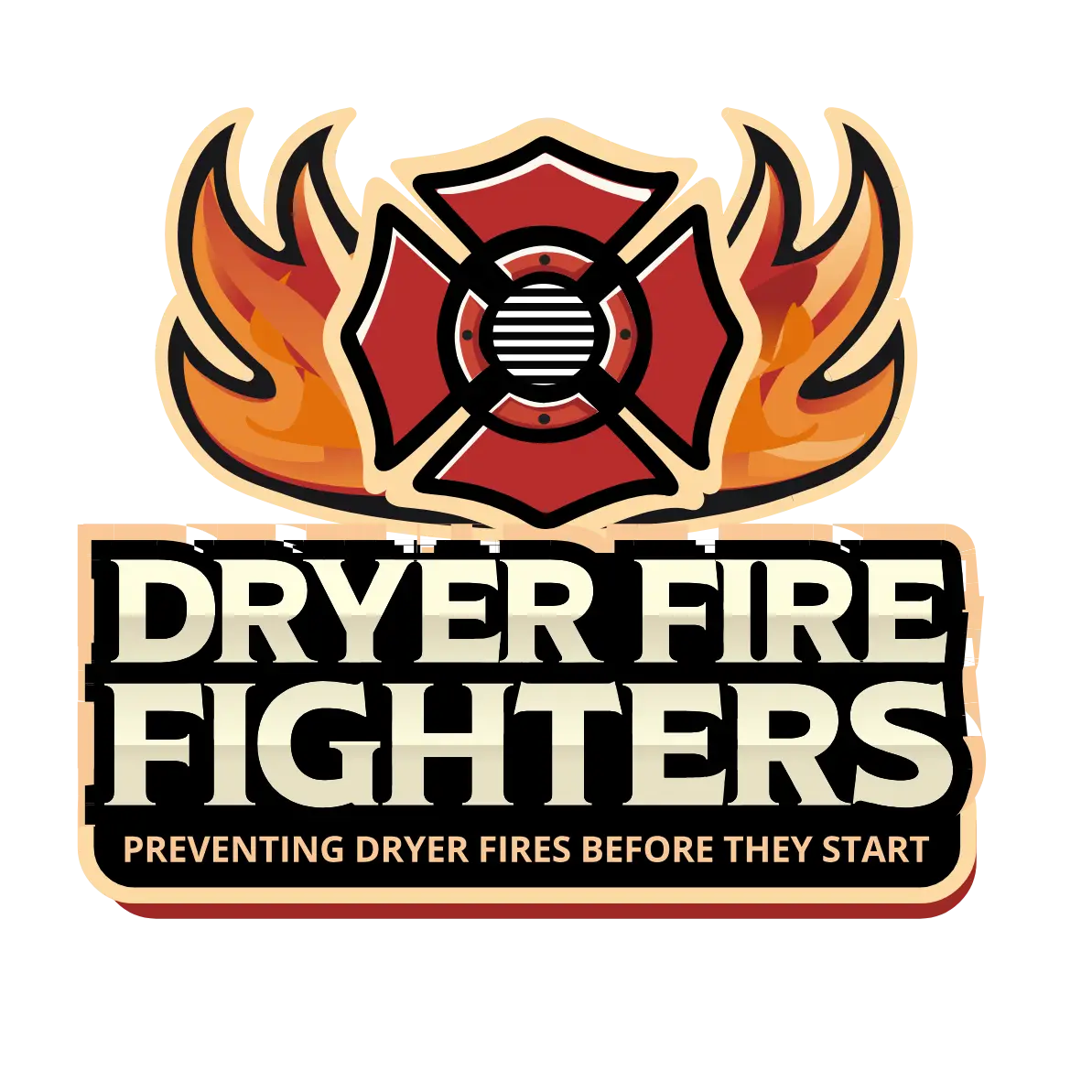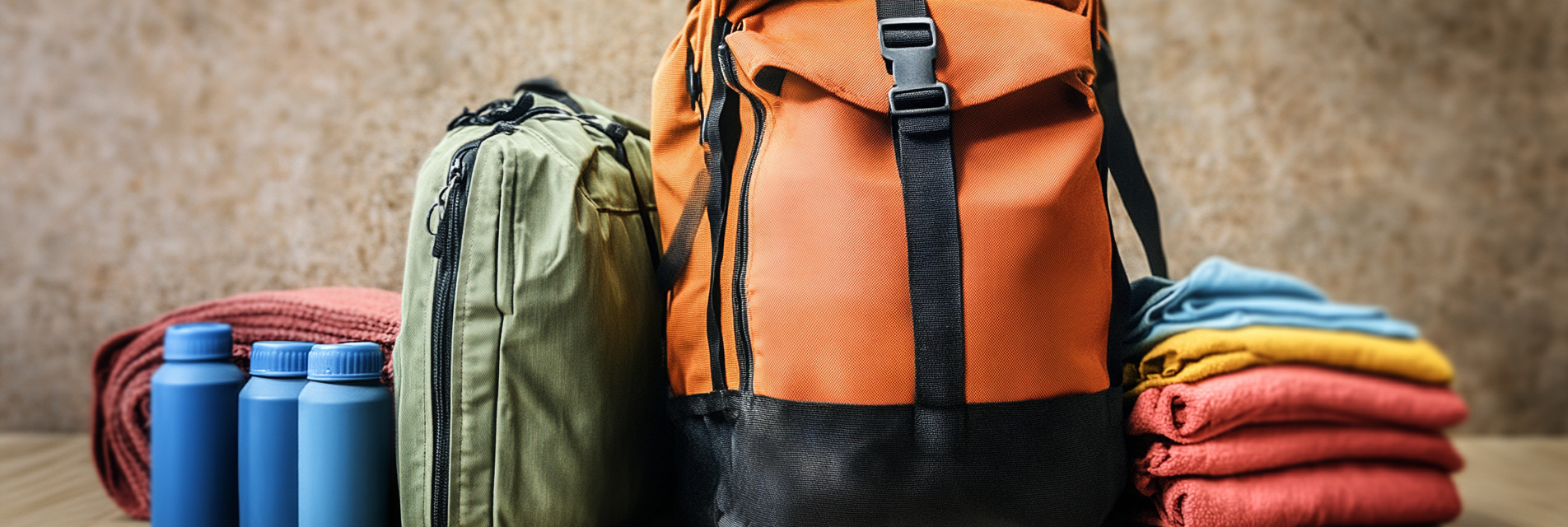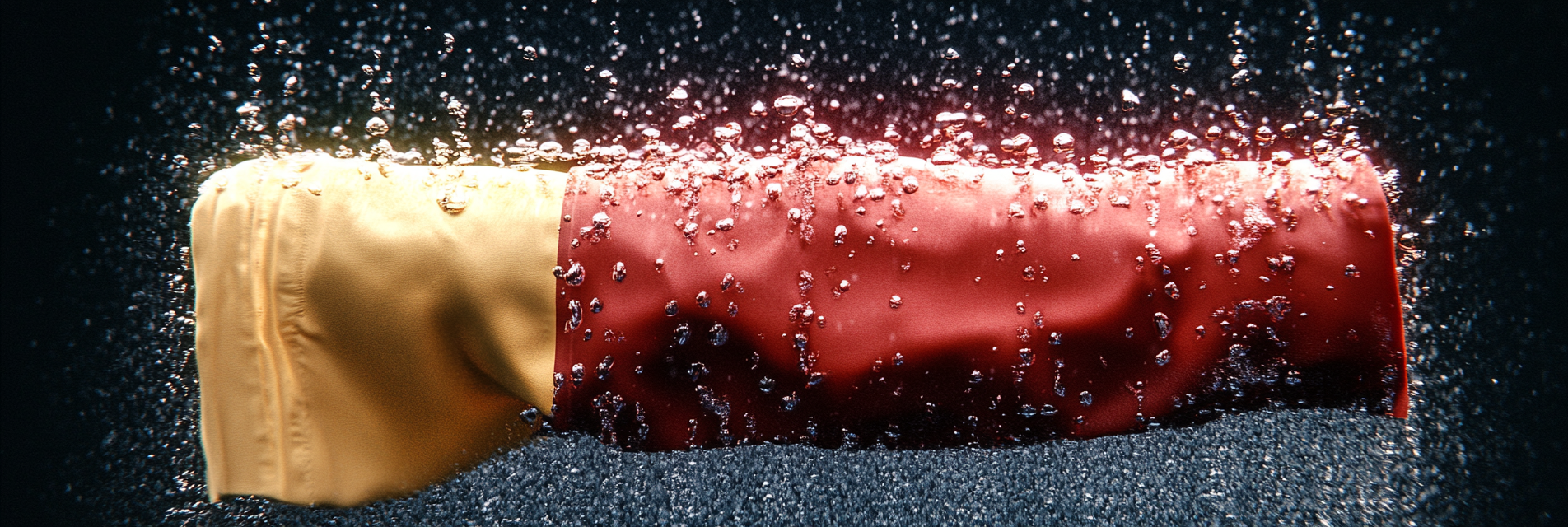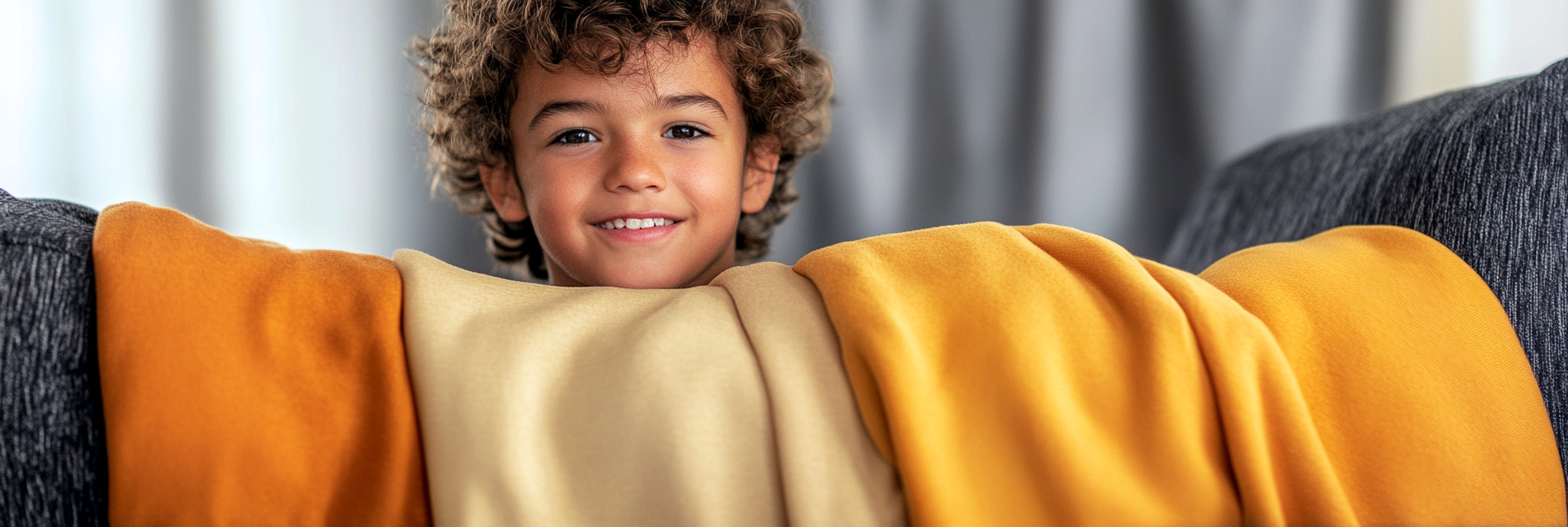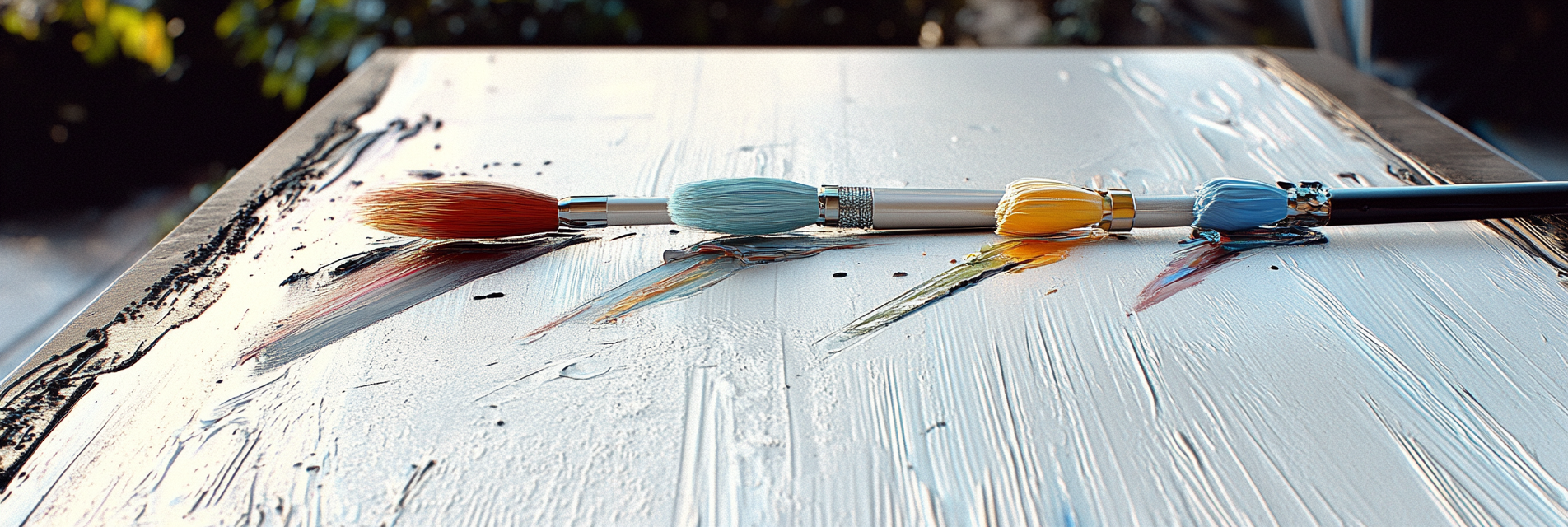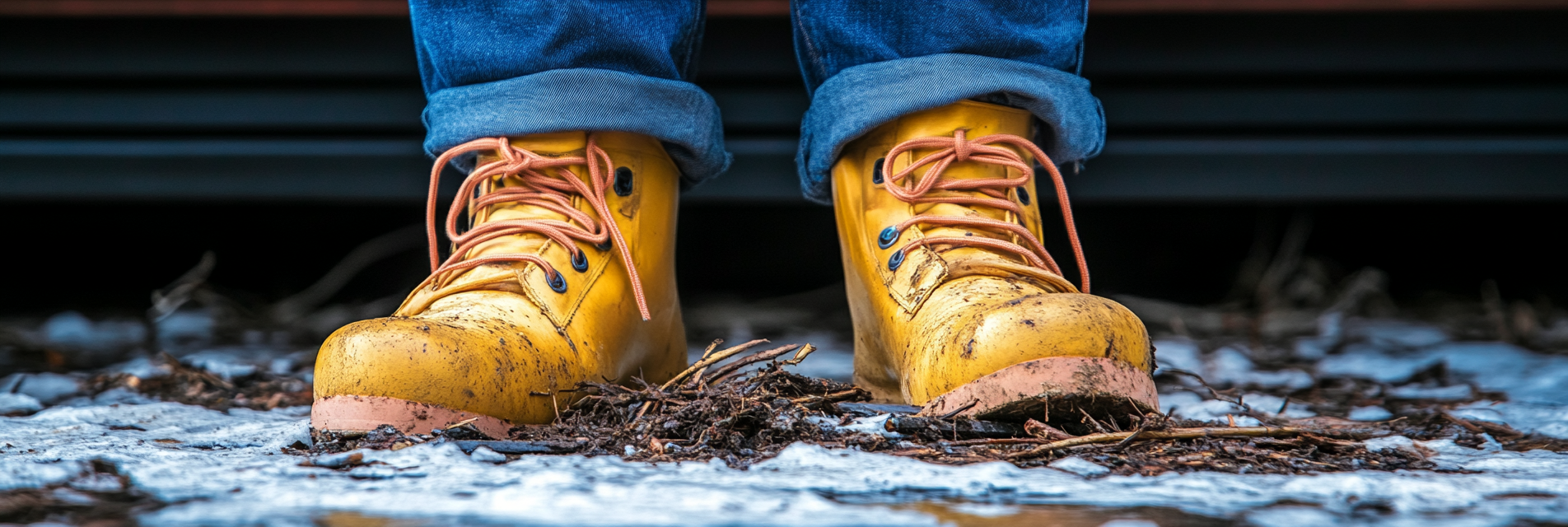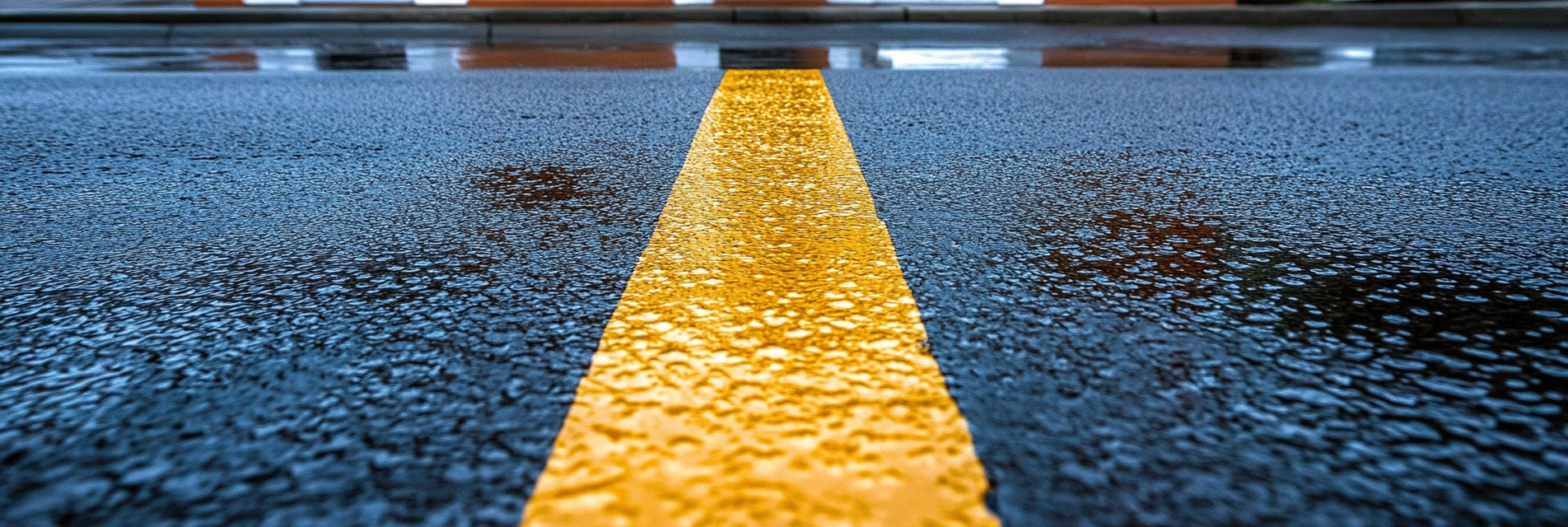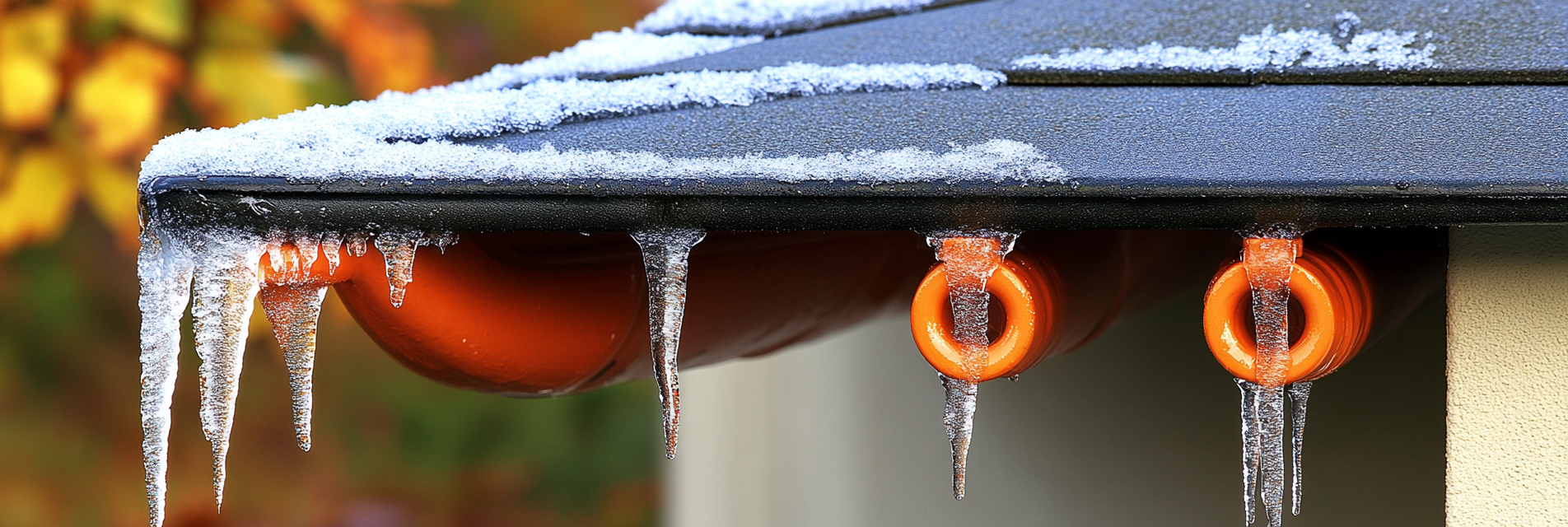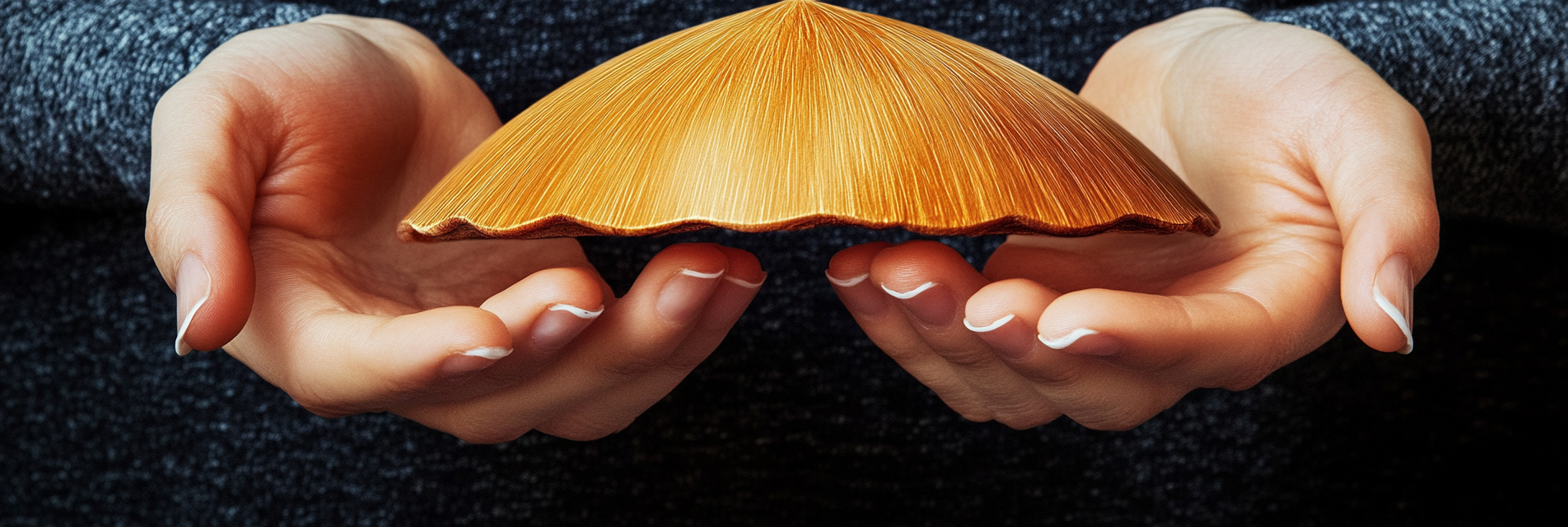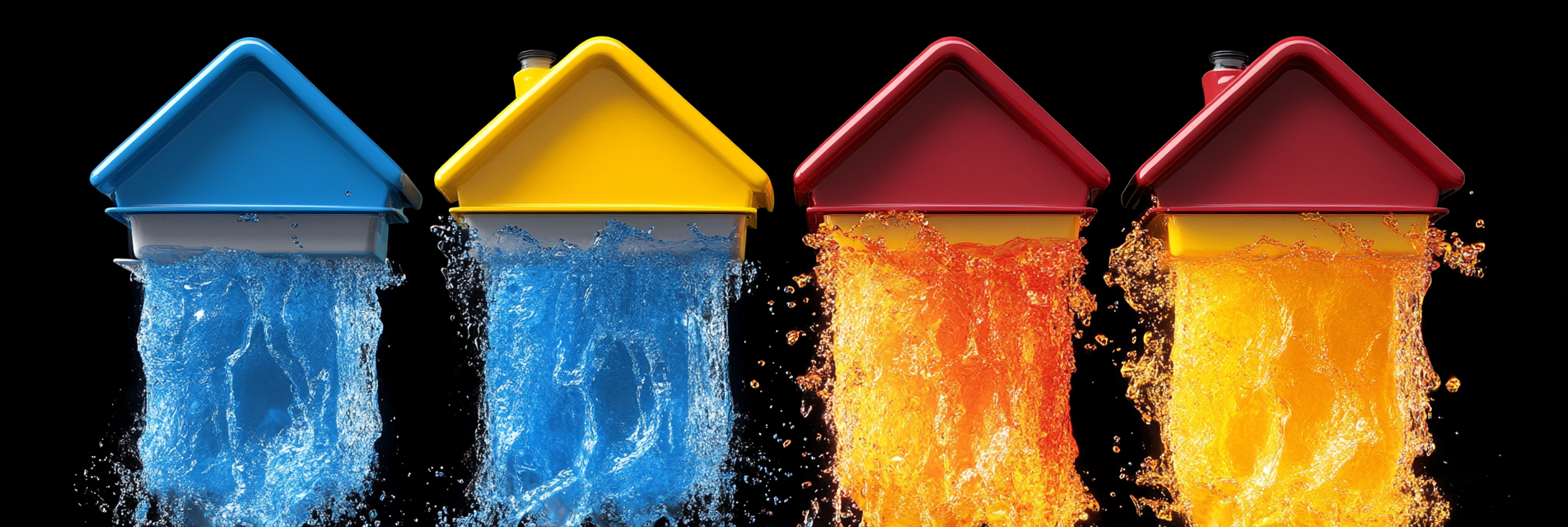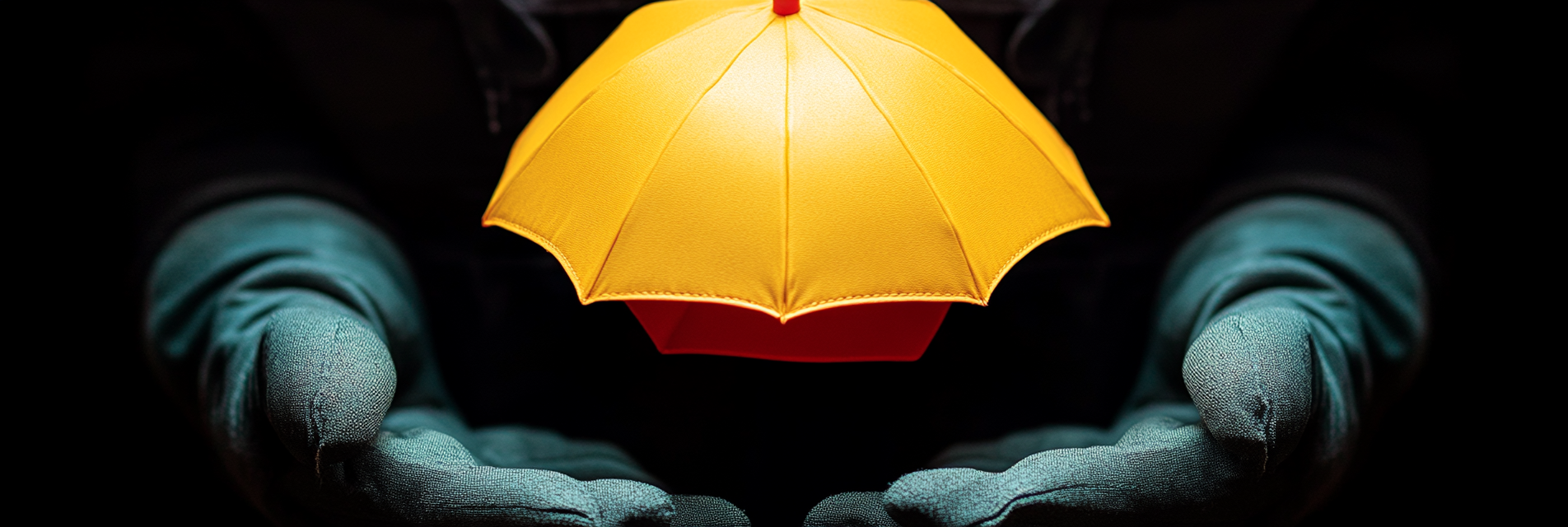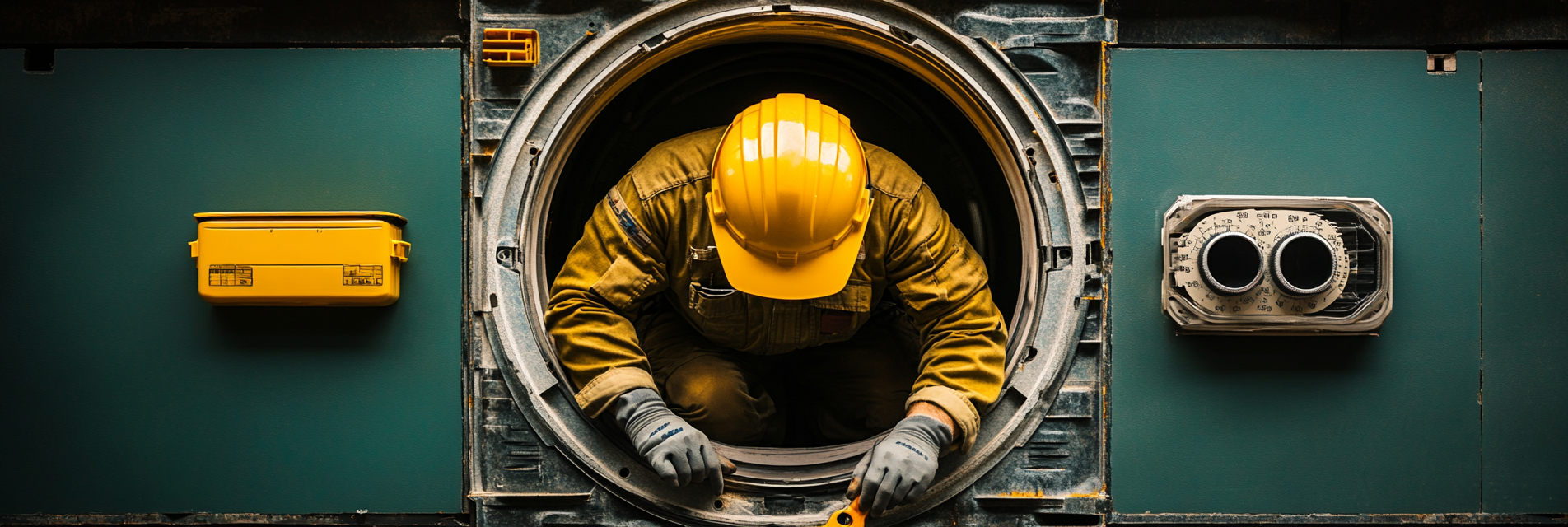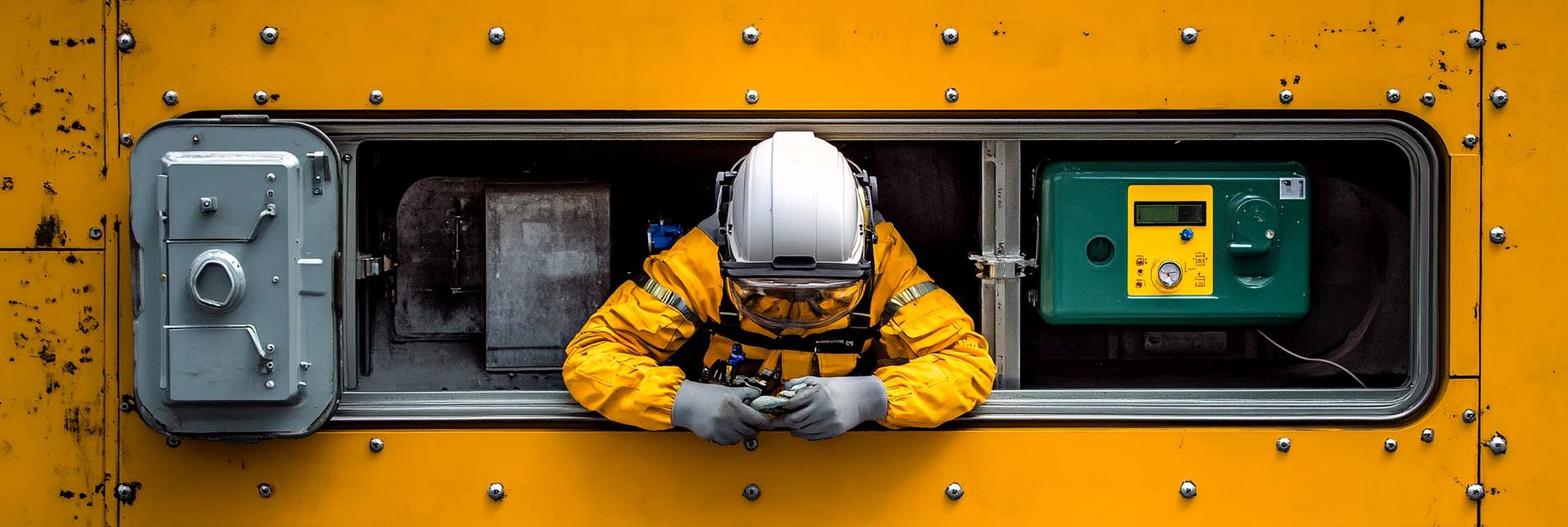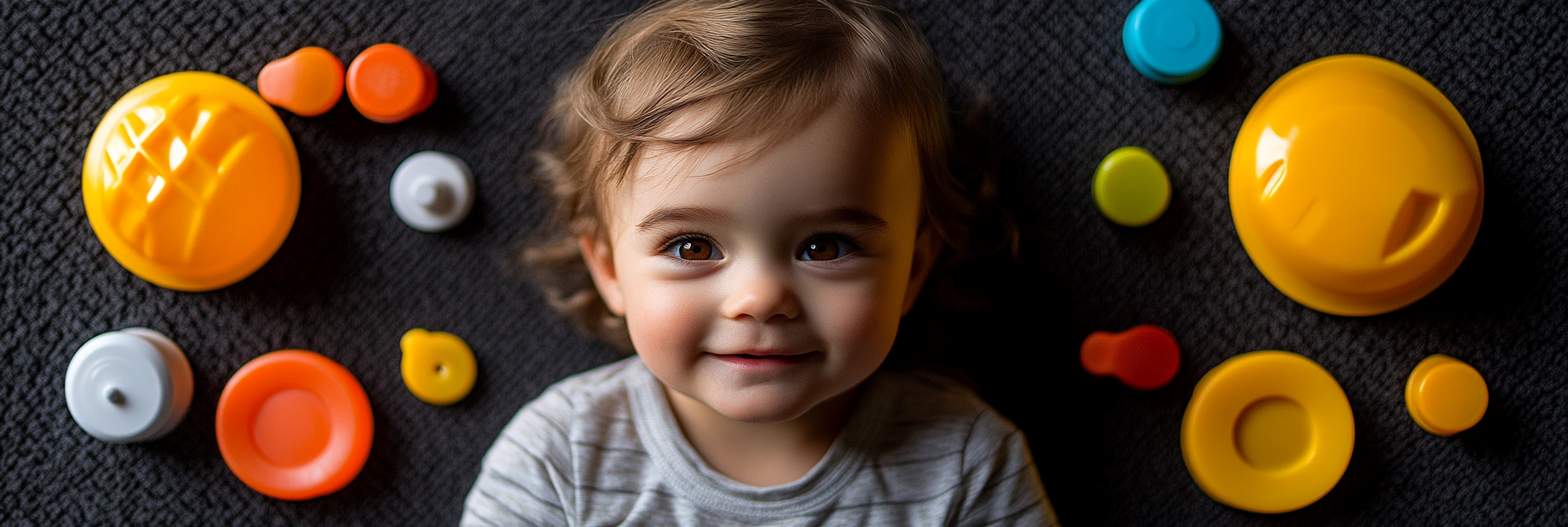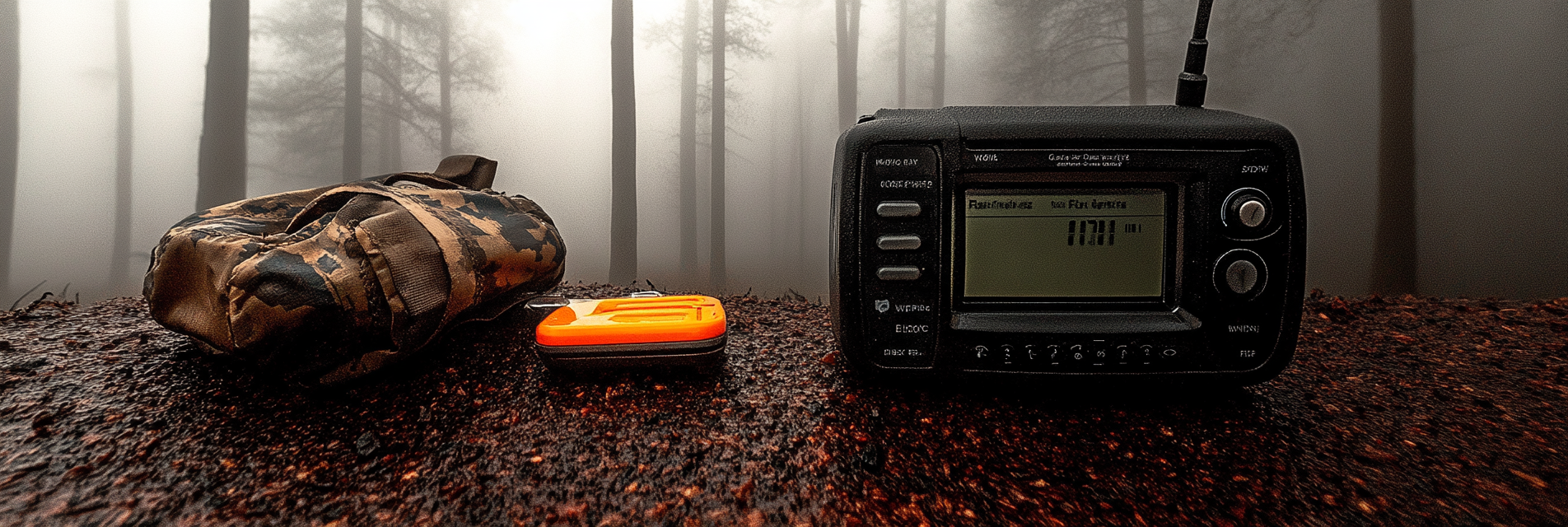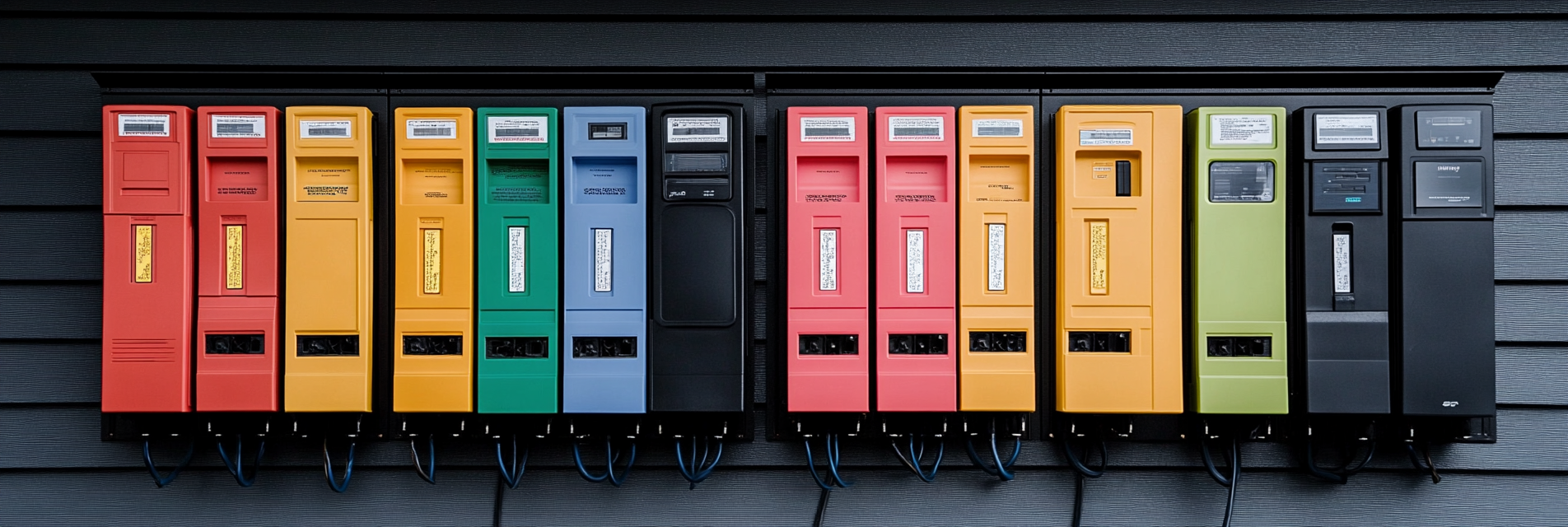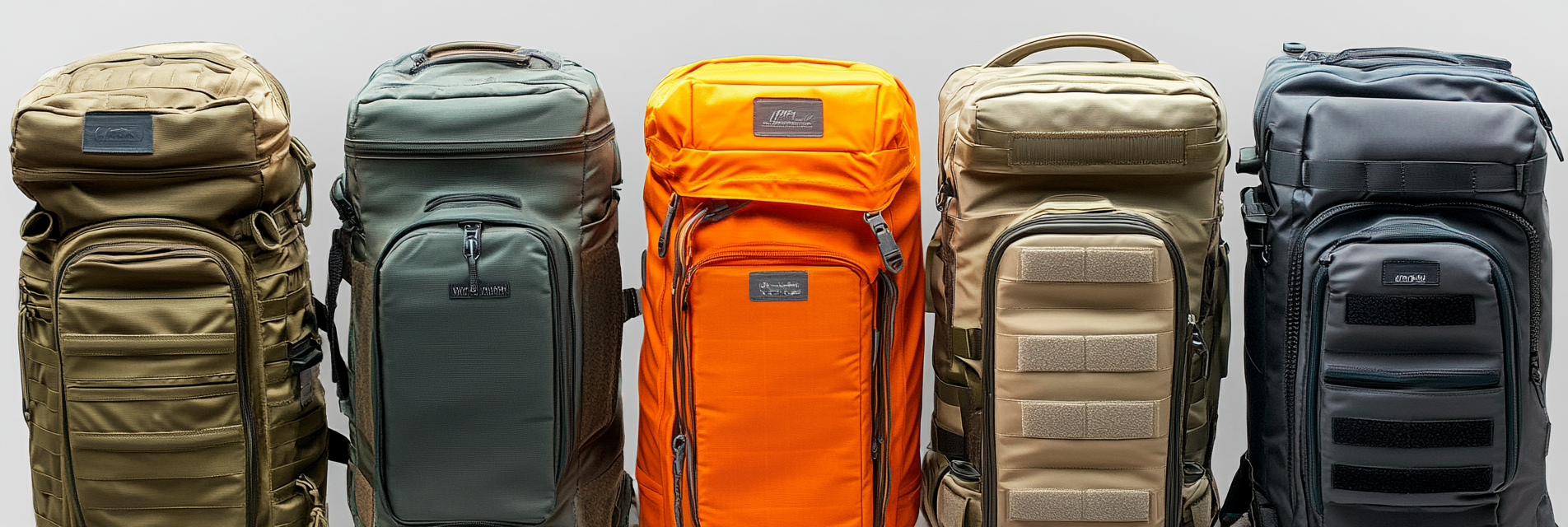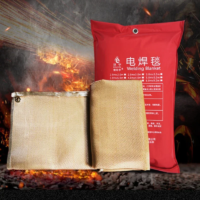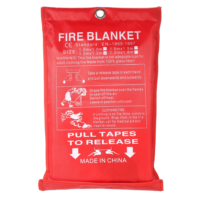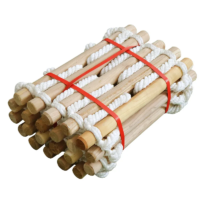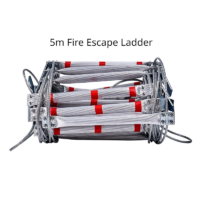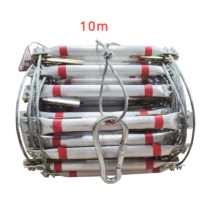Household injuries are a common occurrence and can range from minor cuts to more serious incidents like fractures or severe allergic reactions. Knowing how to respond promptly and effectively can minimize pain, prevent complications, and potentially save lives. This article outlines quick response techniques for common household injuries and tips for keeping your home prepared.
1. Treating Cuts and Lacerations
Minor cuts and lacerations are among the most frequent household injuries. Proper wound care can prevent infection and promote healing.
- Quick Response Steps:
- Stop the Bleeding: Apply gentle pressure using a clean cloth or sterile gauze until the bleeding stops.
- Clean the Wound: Rinse the area with clean water to remove dirt and debris.
- Apply an Antibiotic Ointment: Use a thin layer of ointment like Neosporin to prevent infection.
- Cover the Wound: Protect the area with a bandage and change it daily or when it becomes wet or dirty.
- When to Seek Help: Consult a doctor if the cut is deep, continues to bleed after 10 minutes of pressure, or shows signs of infection such as redness and swelling.
2. Handling Burns
Burns from cooking, hot liquids, or appliances can range from mild to severe. Immediate care is crucial.
- First-Degree Burns:
- Cool the Area: Run cool water over the burn for 10-15 minutes or apply a cold, damp cloth.
- Apply a Soothing Ointment: Use aloe vera gel or a burn cream to soothe the skin.
- Cover with a Non-Stick Bandage: Protect the area with a sterile bandage to prevent irritation.
- Second-Degree Burns:
- Cool the Burn and Avoid Blisters: Treat similarly to first-degree burns, but do not pop any blisters.
- Seek Medical Attention: Consult a doctor if the burn covers a large area or affects the face, hands, feet, or joints.
3. Responding to Sprains and Strains
Twisted ankles and strained muscles are common injuries that can be managed at home using the R.I.C.E. method:
- Rest: Avoid putting weight on the affected area.
- Ice: Apply a cold pack wrapped in a cloth for 15-20 minutes every 2-3 hours for the first 48 hours.
- Compression: Wrap the injury with an elastic bandage to help reduce swelling.
- Elevation: Keep the injured limb raised above heart level to minimize swelling.
Product Tip: Keep Ace Elastic Bandages and reusable ice packs in your first aid kit for sprain treatment.
4. Managing Nosebleeds
Nosebleeds are common and often harmless, but knowing how to stop them quickly can prevent excessive blood loss.
- Steps to Stop a Nosebleed:
- Sit Upright and Lean Forward: This position prevents blood from running down the throat.
- Pinch the Soft Part of the Nose: Use your thumb and index finger to apply pressure for 5-10 minutes.
- Apply a Cold Compress: Place a cold pack on the bridge of the nose to constrict blood vessels.
- When to Seek Help: If the nosebleed lasts longer than 20 minutes or results from an injury, seek medical attention.
5. Treating Allergic Reactions
Allergic reactions can range from mild to life-threatening (anaphylaxis). Knowing how to respond can be critical.
- Mild Reactions:
- Antihistamines: Treat mild reactions like hives or itching with over-the-counter antihistamines such as Benadryl.
- Severe Reactions (Anaphylaxis):
- Use an EpiPen: Administer an epinephrine auto-injector if symptoms like swelling of the face or difficulty breathing occur.
- Call 911 Immediately: Severe reactions require urgent medical attention.
6. Handling Fractures and Broken Bones
Fractures should be handled with care to prevent further damage.
- First Aid for Fractures:
- Immobilize the Area: Use a splint or sling to keep the injured limb in place.
- Apply a Cold Pack: Use a cold pack to reduce swelling and pain.
- Seek Medical Help: Get to the nearest emergency room for a full assessment and treatment.
Product Tip: A SAM Splint is a versatile tool to have in your first aid kit for immobilizing fractures.
7. Dealing with Choking
Choking can be a life-threatening emergency that requires immediate action.
- Heimlich Maneuver for Adults:
- Stand behind the person and wrap your arms around their waist.
- Make a fist with one hand and place it above the navel, then grasp your fist with the other hand and perform quick, upward thrusts until the object is expelled.
- Infant Choking:
- Place the infant face down on your forearm, supporting the head.
- Give five back blows between the shoulder blades with the heel of your hand.
- If the object doesn’t dislodge, turn the infant face-up and give five chest thrusts with two fingers.
8. Responding to Head Injuries
Head injuries can range from minor bumps to serious concussions.
- Initial Care:
- Apply Ice: Use a cold pack for 20 minutes to reduce swelling.
- Monitor for Signs of Concussion: Symptoms include confusion, dizziness, and persistent headache.
- When to Seek Medical Attention: If the person loses consciousness, vomits, or shows worsening symptoms, seek immediate medical help.
9. Treating Eye Injuries
Eye injuries require prompt and careful attention:
- Foreign Object in the Eye:
- Flush with Clean Water: Gently rinse the eye to remove debris.
- Avoid Rubbing: Rubbing can cause scratches or worsen the injury.
- Chemical Exposure:
- Rinse Immediately: Flush the eye with clean water for at least 15 minutes and seek medical attention.
10. Building an Effective First Aid Kit
Having the right supplies on hand can make managing household injuries easier:
- Must-Have Items:
- Adhesive bandages, gauze pads, antiseptic wipes, tweezers, cold packs, elastic bandages, and a digital thermometer.
- Specialized Supplies: Add items like SAM Splints, burn ointments, and epinephrine auto-injectors for more comprehensive care.
Conclusion
Managing common household injuries effectively requires quick thinking and the right supplies. By familiarizing yourself with these essential response techniques and maintaining a well-stocked first aid kit, you can help prevent injuries from escalating and keep your family safe. Paul Lindberg’s Dryer Fire Fighters encourages homeowners to be prepared and knowledgeable, ensuring they can respond confidently to everyday household accidents.
Serving the communities of:
Kennewick | Pasco | Richland | West Richland | Finley | Burbank | Benton City | Prosser | Grandview | Connell
As the sole certified dryer exhaust technician recognized by CSIA.org in the Tri-Cities area, Paul brings a wealth of expertise to fire prevention. His primary focus lies in addressing the root cause of many residential fires: lint buildup in dryer cavities and vents. Through rigorous inspections and thorough cleanings, Paul ensures that families and businesses can enjoy peace of mind, knowing their properties are safeguarded against fire risks.
